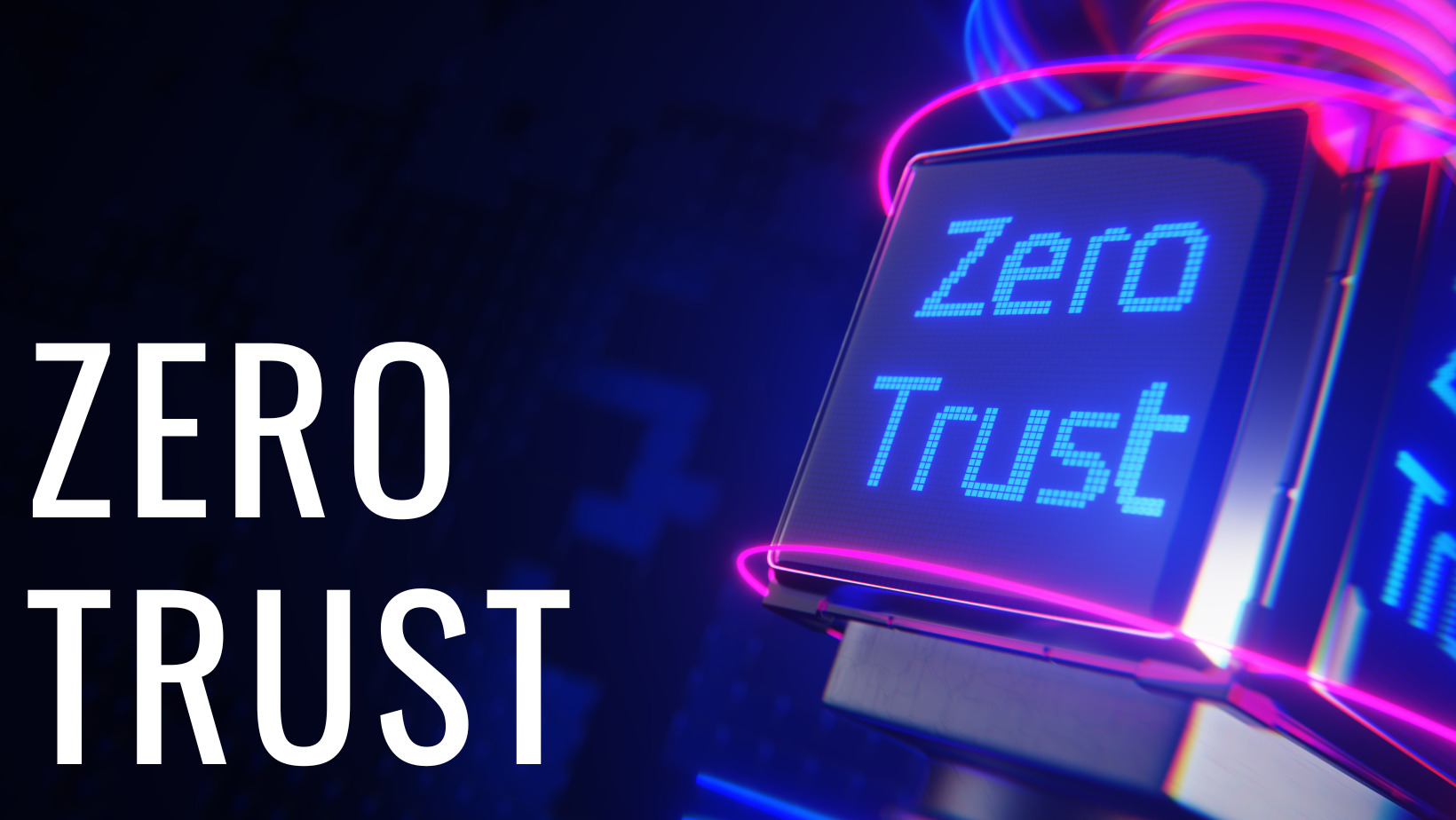Zero Trust Approach: A Comprehensive Guide for Businesses
At our company, we understand that security is a top priority for businesses. We are dedicated to providing the best possible information to help you protect your business from cyber threats. This comprehensive guide will discuss the Zero Trust Approach, a security model gaining popularity among businesses.

What is Zero Trust Approach?
Zero Trust Approach is a security model that assumes all network traffic inside and outside the organization is potentially malicious. Therefore, the model requires all users, devices, and applications to be authenticated, authorized, and continuously verified before accessing any resources or data. In other words, no one is trusted by default.
Why is Zero Trust Approach critical?
Zero Trust Approach is vital because traditional security models, such as perimeter-based security, are no longer effective in the current threat landscape. With the rise of cloud computing and remote work, the network perimeter has blurred, and hackers can easily bypass traditional security measures. Therefore, a Zero Trust Approach is necessary to ensure only authorized users can access resources and data.
Best Practices for Implementing Zero Trust Approach
- Identify and classify all assets: The first step in implementing Zero Trust Approach is identifying and classifying all assets, including devices, applications, and data. This helps to understand the organization’s security posture and identify potential vulnerabilities.
- Implement multi-factor authentication (MFA): MFA is essential to Zero Trust Approach. It adds an additional layer of security by requiring users to provide more than one authentication factor, such as a password and a biometric scan.
- Implement least privilege access: The least privilege access means that users only have access to the resources and data needed to perform their job functions. This helps to minimize the risk of data breaches and limit the potential damage that can be caused by a cyber-attack.
- Monitor and analyze network traffic: Monitoring and analyzing network traffic is crucial for identifying potential security threats. This can be done using security information and event management (SIEM) tools, which can detect and alert on anomalous behavior.
- Implement micro-segmentation: Micro-segmentation divides the network into smaller, more secure segments. This helps to limit the spread of an attack and makes it more difficult for hackers to move laterally through the network.
Conclusion
In conclusion, the Zero Trust Approach is a security model gaining popularity among businesses due to its effectiveness in protecting against cyber threats. Companies can significantly improve their security posture by implementing best practices, such as identifying and classifying all assets, implementing MFA, implementing least privilege access, monitoring and analyzing network traffic, and implementing micro-segmentation. At our company, we are committed to providing the best possible information to help businesses protect themselves against cyber threats.
We hope this guide has helped you understand the Zero Trust Approach and its importance for businesses.








